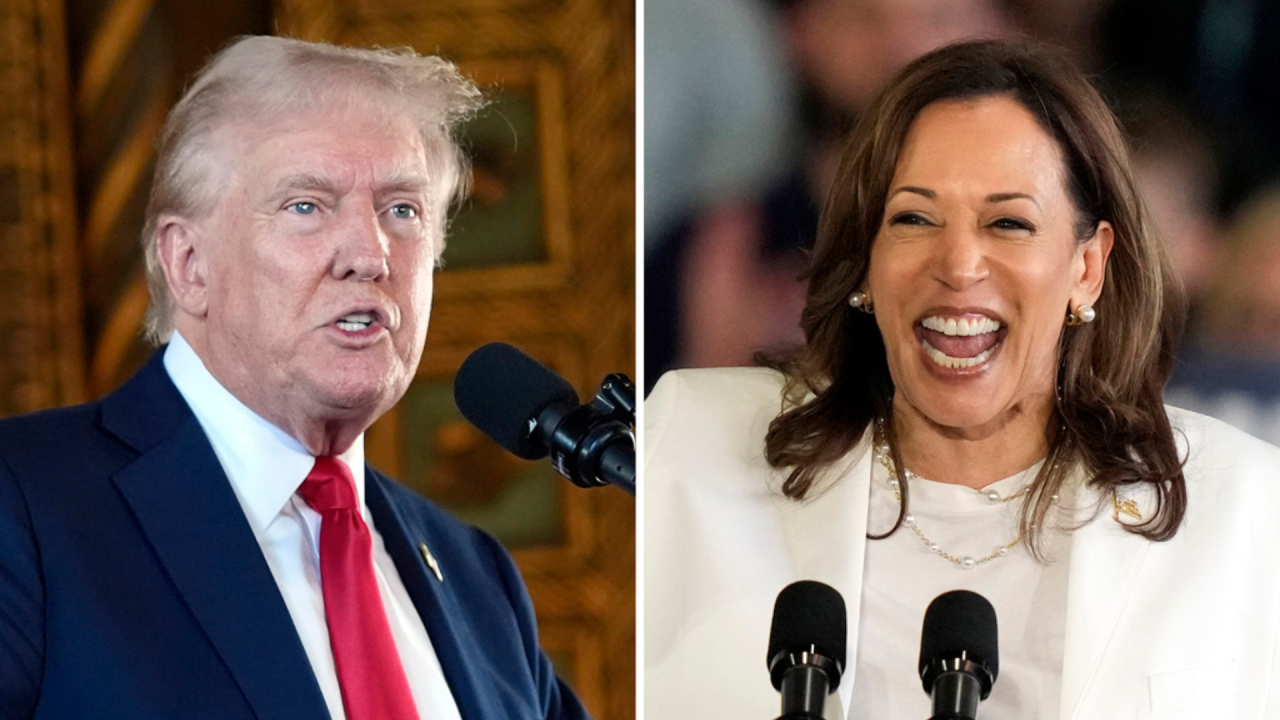GRAND RAPIDS, Michigan. — We are in the final weeks of this election cycle and all eyes are on the latest polling numbers to see who might be gaining strength as November 4th nears.
But in 2016 and 2020, polls proved to be less reliable when it came to a winner in the race for president.

I sat with Associate Professor of Political Science at Western Michigan University, Peter Wielhouwer, who says the reason polls haven’t been as reliable in past elections has to due, in part, to who has been on the ballot.
“The fact of the matter is that in both 2016 and 2020 there's a pretty substantial segment of Trump supporters who don't trust the pollsters,” Wielhouwer said. “As a result, they're not as candid as we would like them to be, and so they tended to understate the degree of support, or understate their support at all for Donald Trump."
This election cycle, however, Peter believes Trump has cemented himself as a household name with a broad support base, and in turn, those getting polled won’t be as shy to claim their true political preference.

So if there is less discretion expected this election cycle in polling, how can we find the most accurate snapshot of where the race stands?
“From a statistical standpoint, the best estimate we have available is the average of all those polls,” Wielhouwer.
“So that's why I think it's important to look at Poll aggregation sites, not just individual polls.”

When it comes to individual polls, voters expect them to be about 95% accurate with a typical margin of error of minus three percentage points. But when the candidates are within three percentage points, as we’ve seen this election cycle, it is a statistical dead heat.
That means we can’t say with any degree of confidence that either candidate is ahead with just one poll, making polling averages a better estimate of where the race stands.
Peter suggests looking at the RealClearPolitics polling site or FiveThirtyEight to get the best estimates of where the presidential race stands.
Peter also noted that polls get more accurate the closer we get to an election.
Research shows by Labor day, about two thirds of people know who they are voting for. By October, 80-85% of people know who they are voting for, so the last few weeks campaigns will be focused largely on the final percentages of undecided voters.
Follow FOX 17: Facebook - X (formerly Twitter) - Instagram - YouTube





